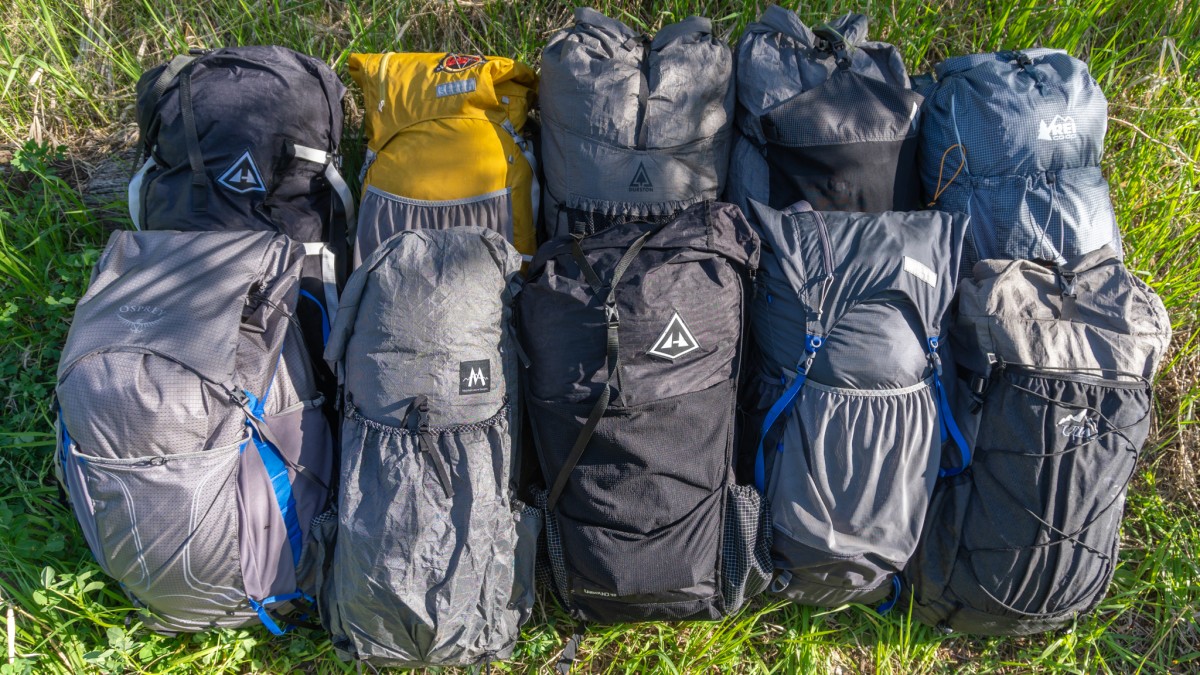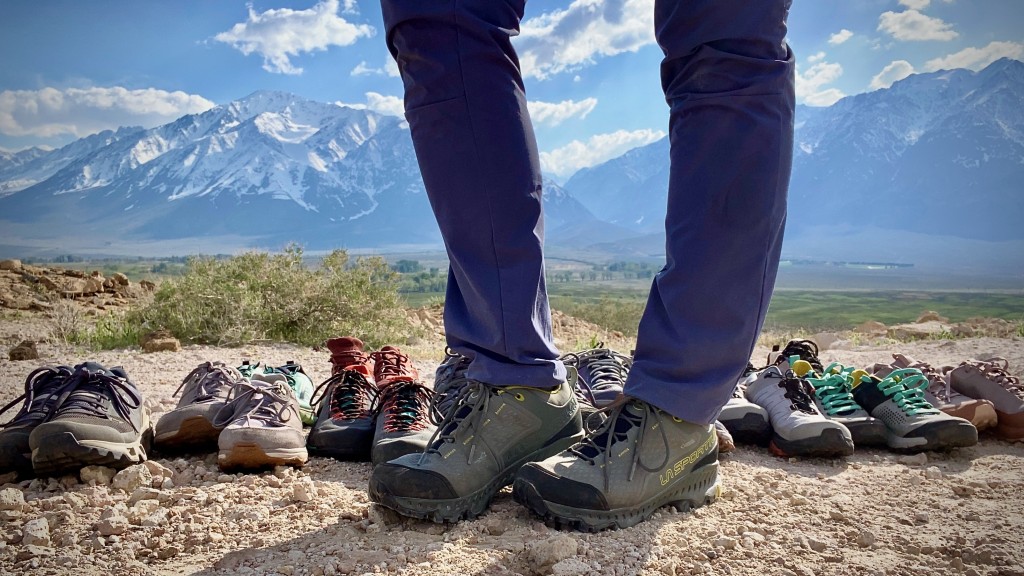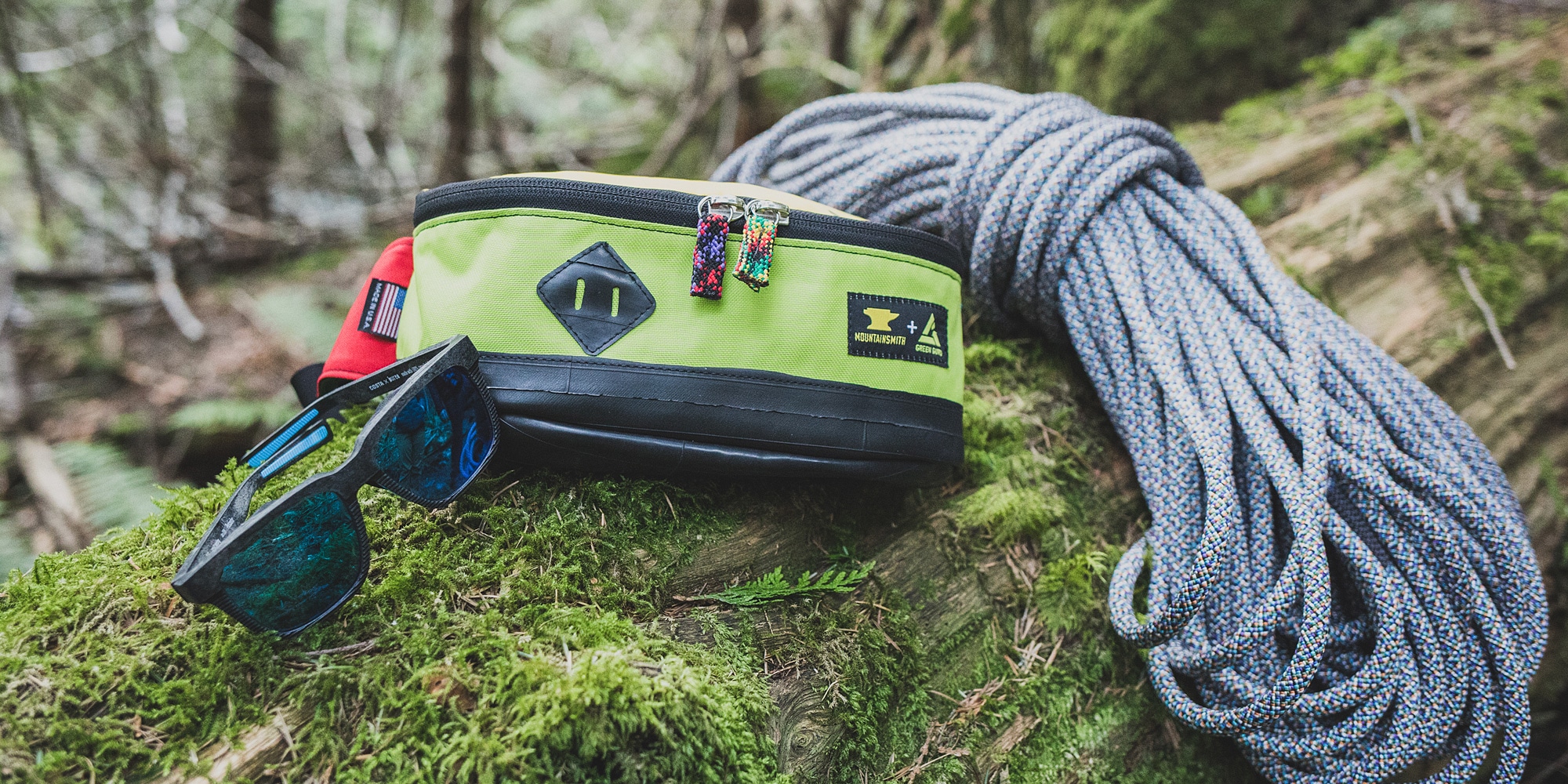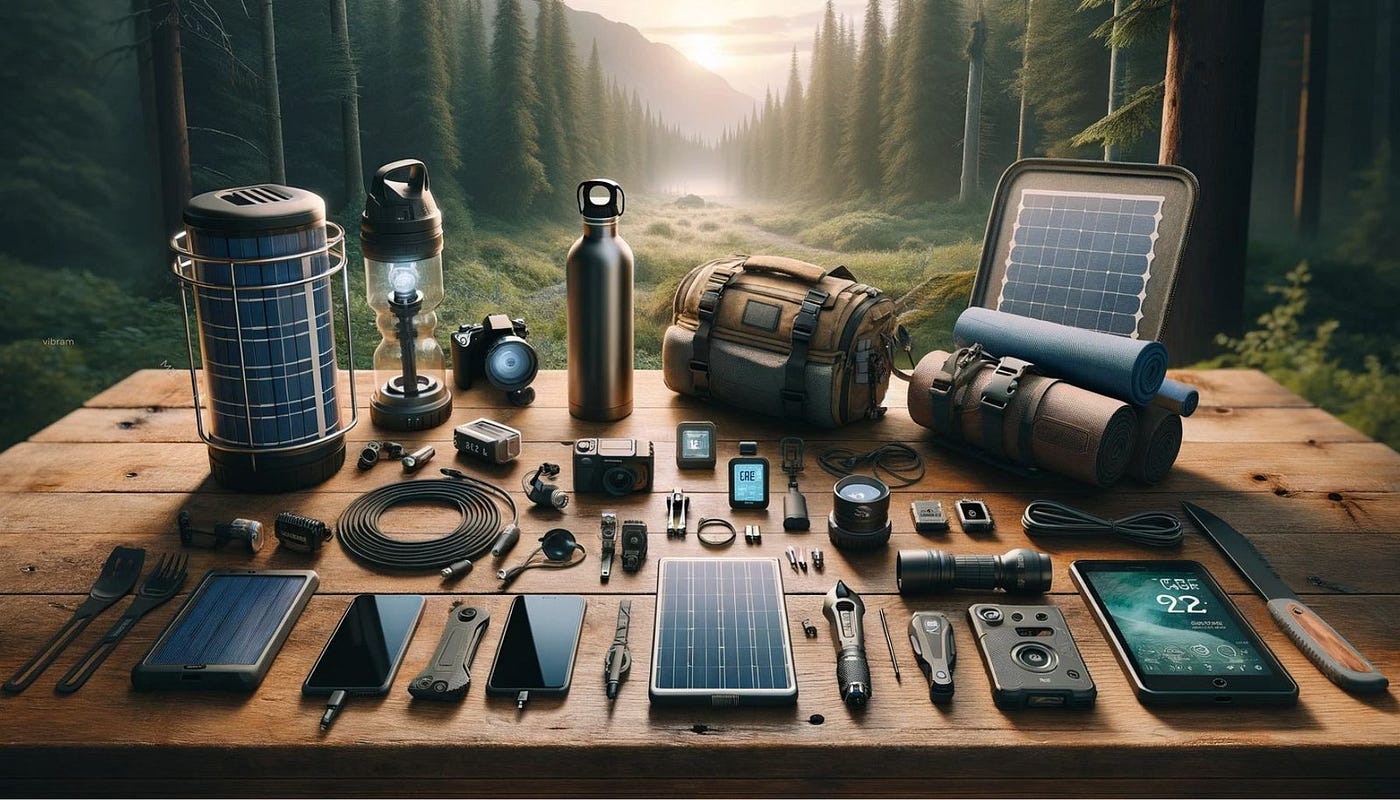Innovative Trekking Gear of 2024: The Latest Technology and Trends
In the realm of outdoor adventure, trekking gear continues to evolve with advancements in technology and design. From lightweight materials to smart gadgets, the latest innovations are reshaping how hikers prepare, navigate, and experience the wilderness. This article delves into the cutting-edge gear of 2024, highlighting new trends, must-have equipment, and how these innovations are enhancing safety, comfort, and performance on the trail.
Lightweight and Durable Materials
1. Carbon Fiber Gear

Overview: Carbon fibre has revolutionised trekking gear by offering unparalleled strength-to-weight ratios. From trekking poles to tent poles and even backpack frames, carbon fibre reduces weight without compromising durability.
Benefits:
Lightweight: Reduces overall pack weight, making it easier to carry over long distances.
Strength: Provides robust support and stability in challenging terrain.
Durability: Withstands wear and tear better than traditional materials like aluminium.
Practical Use: Ideal for ultralight backpacking and long-distance treks where every ounce counts.
2. Advanced Fabric Technologies

Overview: Fabrics like Dyneema and Gore-Tex continue to dominate the market with their waterproof, breathable, and lightweight properties. New iterations offer improved moisture management and stretch for added comfort.
Benefits:
Weather Protection: Keeps hikers dry in rain and snow while allowing moisture to escape.
Versatility: Adapts to varying weather conditions and temperature changes.
Durability: Resists abrasions and tears, extending the lifespan of outdoor gear.
Practical Use: Essential for maintaining comfort and performance in unpredictable weather conditions.
Smart Gadgets and Navigation Aids
3. Solar-Powered Chargers

Overview: Solar-powered chargers and power banks harness sunlight to recharge electronic devices like smartphones, GPS devices, and cameras during outdoor expeditions.
Benefits:
Off-Grid Charging: Provides renewable energy to stay connected and powered in remote locations.
Environmentally Friendly: Reduces reliance on disposable batteries and minimises environmental impact.
Versatility: Compatible with a range of devices, ensuring essential electronics remain functional.
Practical Use: Essential for extended trips where access to conventional power sources is limited.
4. Augmented Reality (AR) Navigation

Overview: AR navigation devices overlay digital information onto real-world environments, helping hikers navigate trails with enhanced situational awareness.
Benefits:
Interactive Mapping: Displays real-time maps, trail conditions, and points of interest directly on the user's field of view.
Route Guidance: Provides turn-by-turn directions and alerts for upcoming obstacles or landmarks.
Safety Features: Alerts users to potential hazards and ensures they stay on designated trails.
Practical Use: Enhances navigation accuracy and safety, especially in unfamiliar or remote terrain.
Comfort and Ergonomics
5. Adjustable Suspension Systems

Overview: Backpacks with adjustable suspension systems allow hikers to customise fit and weight distribution for optimal comfort and load stability.
Benefits:
Custom Fit: Adjusts to individual torso lengths and body shapes for ergonomic support.
Load Distribution: Distributes weight evenly to reduce strain on shoulders, back, and hips.
Ventilation: Enhances airflow to prevent overheating and moisture buildup.
Practical Use: Improves carrying comfort on long hikes and multi-day expeditions.
6. High-Tech Footwear
Overview: Modern hiking boots and shoes integrate advanced materials like Vibram soles, Gore-Tex membranes, and lightweight insulation for superior performance.
Benefits:
Grip and Traction: Provides reliable grip on various surfaces, including wet and rocky terrain.
Waterproofing: Keeps feet dry and comfortable in wet conditions without compromising breathability.
Shock Absorption: Cushions impact and reduce fatigue during extended hikes.
Practical Use: Enhances stability and protects feet from the elements, ensuring comfort and performance on challenging trails.
Sustainability and Eco-Friendly Innovations
7. Recycled and Upcycled Gear
Overview: Outdoor brands are increasingly using recycled materials and upcycling old gear to create new products, reducing environmental impact and promoting sustainability.
Benefits:
Resource Conservation: Minimises waste and reduces reliance on virgin materials.
Carbon Footprint Reduction: Lowers greenhouse gas emissions associated with manufacturing.
Durability: Retains performance standards while promoting a circular economy.
Practical Use: Supports environmentally conscious practices and ensures gear longevity.
Conclusion
The trekking gear landscape of 2024 showcases a blend of cutting-edge technology, ergonomic design, and sustainability initiatives aimed at enhancing the outdoor experience. Whether you're planning a weekend hike or embarking on a multi-day expedition, these innovations in lightweight materials, smart gadgets, and eco-friendly practices cater to the needs of modern adventurers. Embrace the latest trends, invest in reliable gear, and enjoy safer, more comfortable, and memorable adventures in the great outdoors.


